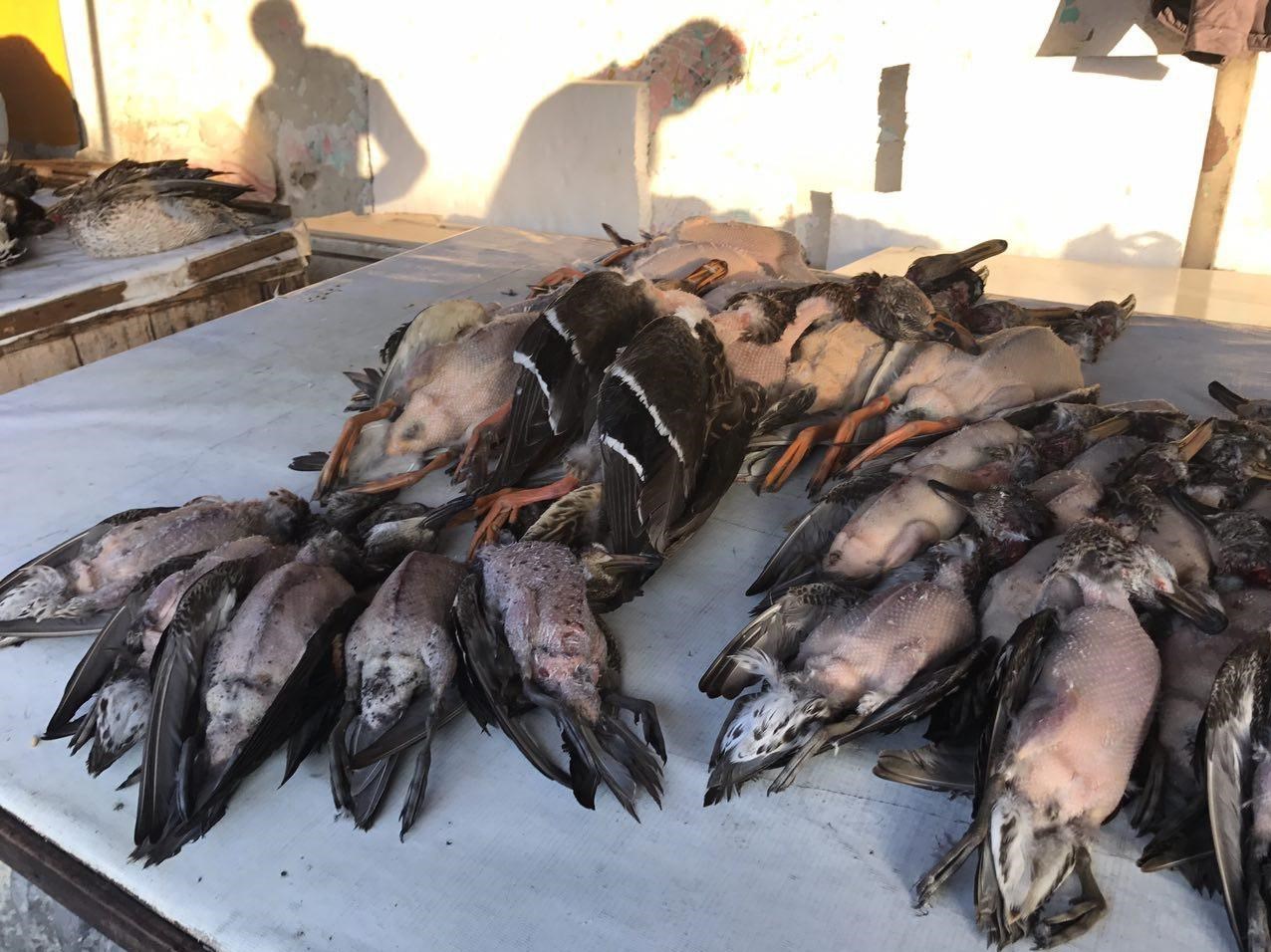In a letter to the journal Science, Jamshid Parchizadeh, an Iranian conservationist, and zoologist Samual Williams of Venda University, South Africa, said the Fereydounkenar wetlands in the Iranian province of Mazandaran have become the site of a widespread wildlife slaughter.
A million wild birds a year are now being killed illegally at this single site in Iran. Conservationists believe highly endangered migratory species face being wiped out in the near future there unless urgent action is taken, the Guardian reported.
Three major lagoons–Fereydounkenar, Sorkhroud and Azbaran–provide resting places for species that spend the winter there, including the Siberian crane that is designated as critically endangered by the International Union for the Conservation of Nature.
Other endangered or threatened species in the wetlands include white-headed ducks (Oxyura leucocephala), red-breasted geese (Branta ruficollis), lesser white-fronted geese (Anser erythropus), northern lapwings (Vanellus vanellus) and wintering raptors such as falcons.
However, these birds have increasingly become targets for local hunters and occasionally for others who visit the region.
“An estimated 3,000 of these birds are currently being killed daily by local hunters to sell at local markets,” say the conservationists in their letter to Science. “This could have catastrophic effects on the species that depend on this ecosystem.”
The scale of the slaughter at Fereydounkenar is staggering, Williams told the Observer.
“It is likely to add up to around a million birds per year, around half of the total number of waterbirds that visit the site.,” he added.
An example of how this slaughter has affected one species is provided by the Siberian crane (Leucogeranus leucogeranus). It has two populations: an eastern one, made up of about 3,000 birds, and a western, of which there is only one last known remaining member and it is known to winter in Fereydounkenar–where it faces being killed by local hunters each time it visits. The rest of the Siberian crane’s western population were killed at Fereydounkenar during the early years of the 21st century, it is thought.
Many of the birds that travel to the wetlands are killed to provide food. However, some are sold to collectors who want to add the birds to their taxidermy collections.
Their slaughter has also been made easier recently with the use of cheap transparent plastic nets that are not seen by the birds and which have proved highly effective in catching dozens in a single haul.
“These nets have only made it easier for people to catch more and more birds,” said Williams.
The killing is illegal but little has been done to stop it.
“Iran’s Department of the Environment has been unable to curb the illegal activities,” say Parchizadeh and Williams. “Armed locals show a great deal of resistance to wildlife rangers when they attempt to enforce existing laws to curtail hunting.”


